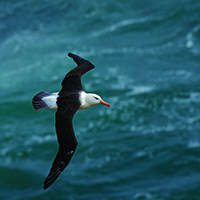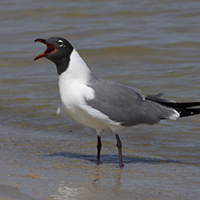Highlighted Species We Study
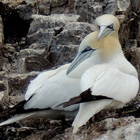
Northern Gannet
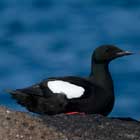
Black Guillemot
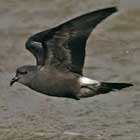
Leach’s Storm-Petrel
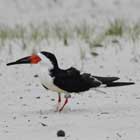
Black Skimmer

Semipalmated Sandpiper

Dunlin
Why Study Marine Birds?
From the poles to the tropics, marine birds live at the interface between air, land, and sea (or ice). The harsh conditions found in these environments have caused unique adaptations in their physiology and morphology and require enormous flexibility in life history strategies.
Marine birds face multiple ecological and environmental stressors worldwide, including habitat loss and alteration, disturbance, hunting, oil spills, persistent pollutants, ocean acidification, and other issues associated with climate change. Marine birds are considered useful indicators of the general health of the marine ecosystem, and they play an increasingly important role in assessments of marine health.
BRI focuses its research efforts on meeting the conservation needs of marine birds and using these species as bioindicators. Below, we have grouped our primary areas of research emphasis into three nonexclusive areas: (1) contaminants monitoring; (2) movement studies; and (3) surveys and population monitoring.
Contaminants Monitoring
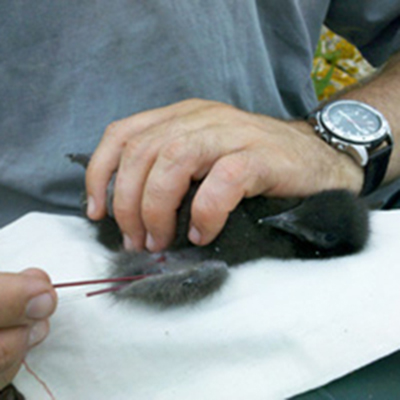
Marine birds are regularly exposed to chemical pollutants, where exposure may be acute or chronic. Studying contaminants in conjunction with tracking marine bird movements and migrations can highlight problem geographical areas or indicate contaminant exposure at particularly critical life stages.
LEARN MORE about Contaminants Monitoring>
Representative projects with a focus on tracking marine birds:
- Tracking the annual migration and winter movement patterns of vulnerable marine bird species (Northern Gannets, Red-throated Loons, and Surf Scoters) wintering off the mid-Atlantic region of the U.S.
- Tracking the annual migration of Black Guillemots breeding in Northern Alaska and their movements in relation to changes in the ice edge
- Tracking the annual movements and migration of vulnerable marine bird species (Black Skimmers, Brown Pelicans, Great Egrets) in the aftermath of the Deepwater Horizon oil spill
Publications:
Movement and Tracking Studies
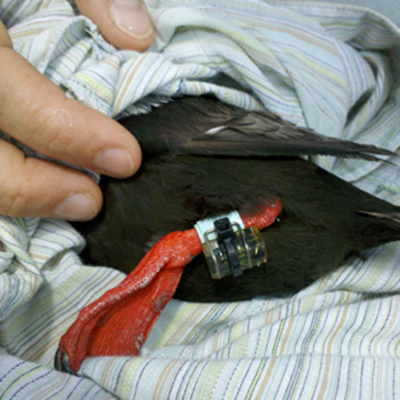
At BRI, we use an array of tracking methods to track the movements of a variety of marine bird species. Tracking data of this kind will assist in identifying hotspot areas consistently used by seabirds in this region where the nation’s first offshore wind development is most likely to occur.
LEARN MORE about Movement Studies >
Representative projects with a focus on tracking marine birds:
- Tracking the annual migration and winter movement patterns of vulnerable marine bird species (Northern Gannets, Red-throated Loons, and Surf Scoters) wintering off the mid-Atlantic region of the U.S.
- Tracking the annual migration of Black Guillemots breeding in Northern Alaska and their movements in relation to changes in the ice edge
- Tracking the annual movements and migration of vulnerable marine bird species (Black Skimmers, Brown Pelicans, Great Egrets) in the aftermath of the Deepwater Horizon oil spill
- Tracking shorebird migration
Publications:
Inventory and Population Studies
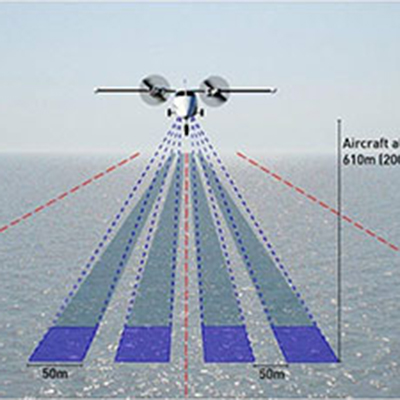
Evaluating the conservation status of bird populations is difficult at the best of times, but gathering reliable data on the abundance and distribution of marine birds at sea is an enormously challenging exercise. BRI employs a series of traditional and innovative techniques to achieve reliable data on the abundance and distribution of marine birds at sea.
LEARN MORE about Inventory and Population Studies >
Representative projects with a focus on population studies of marine birds:
- Tracking the annual migration and winter movement patterns of vulnerable marine bird species (Northern Gannets, Red-throated Loons, and Surf Scoters) wintering off the mid-Atlantic region of the U.S.
- Tracking the annual migration of Black Guillemots breeding in Northern Alaska and their movements in relation to changes in the ice edge
- Tracking the annual movements and migration of vulnerable marine bird species (Black Skimmers, Brown Pelicans, Great Egrets) in the aftermath of the Deepwater Horizon oil spill
Publications:
Data Management and Other Studies

BRI has broad capabilities in data management, analysis, and modeling. Our researchers achieve the highest quality in data preparation and standardization, ensuring quality control of data processing and management.
In addition to research listed above, BRI has also conducted marine bird projects focused on assessment of previously collected data and standardizing data collection protocols.
LEARN MORE about BRI’s Data Science Capabilities >
Representative projects:
- Assessment of colonial waterbird and shorebird data for coastal islands and peninsulas in the Northeast Region, and identification of important sites and data gaps
- Developing standardized protocols for monitoring nesting colonial waterbirds in the U.S. Fish and Wildlife Service’s Region 5
- Developing standardized data collection protocols for offshore aerial bird surveys of the Great Lakes
- Appraisal of the conservation status of the Ancient Murrelet for the Committee on the Status of Endangered Wildlife
Photo Credits: Black Skimmers in flight © Daniel Poleschook; Study Subjects: Breeding Northern Gannets © Joyce Amsden; Black Guillemont © Carsten Evegang, ARC-PIC; Storm Petrel © iStock Images; Black Skimmers © Daniel Poleschook; Semipalmated Sandpiper and Dunlin © iStock image. Category Photos: Geolocators and banding bird © BRI- Jennifer Goyette; Illustration courtesy HiDef, Inc.


